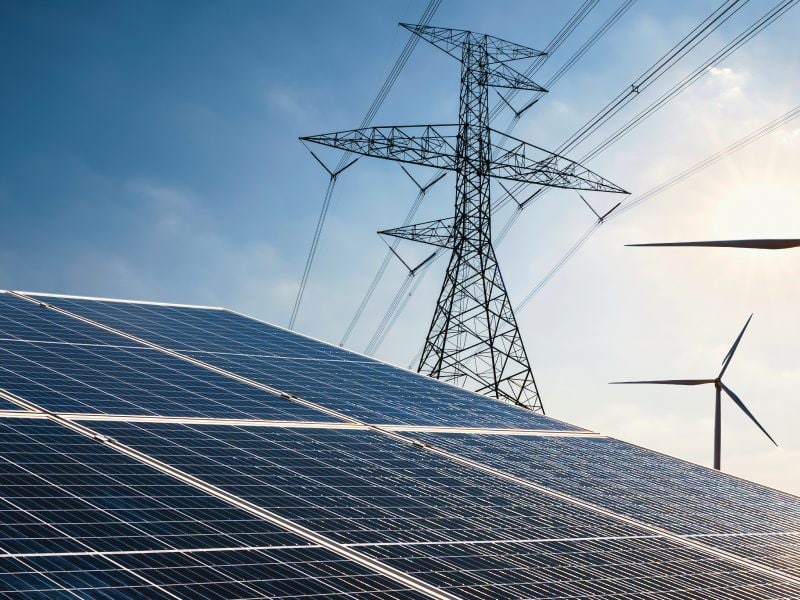
How Can Microgrids Contribute to Network Reliability?
Recent power cuts in organized industrial zones have once again brought electricity supply security to the agenda. But can microgrids, a popular topic of recent years, offer a more reliable energy system, especially for industrial plants? Let’s take a closer look together.
A microgrid is a local power grid with control capability. This means that microgrids can be separated from conventional ones and that they can operate autonomously. To summarize a micro-grid, it is a group of interconnected loads and distributed energy sources within clearly defined electrical boundaries that act as a single controllable entity relative to the grid. A microswitch can be connected to and disconnected from the grid.
More Interested: Load Bank
In order to meet the electricity demands of its users, the microgrid must have a source of production. Given that microgrids are an older concept, the electricity supplied to microgrids has historically been from “behind the meter” fossil fuel generators, for example, gas-powered generators. However, developments in fossil fuel production, the transition to renewable energy such as solar and wind, and energy storage technologies have made microgrids a more sustainable solution.
Advantages of Micro Networks
- Efficient, low-cost, clean energy
- Improving the operation and stability of the regional electricity grid
- Critical infrastructure that improves reliability and flexibility
- Reducing fuel usage, line losses, and carbon footprint
- Possibility to isolate your facility directly from energy crises
- Diversified risk instead of intensified risk
- When properly designed, a regional power grid combining both large central power plants and distributed microgrids can be built with a less total capital cost, less installed generation, higher capacity factor in all assets, and higher reliability.

How to Use Microgrids
The network provides useful tools, heating/cooling systems, and electronic devices by connecting homes, workplaces, and other buildings to central power supplies. However, this interdependence means that each party will be affected when a certain part of the network needs to be repaired.
This is where a microgrid can intervene. A microwave usually works when connected to the grid, but more importantly, it can self-cut and operate using local power generation in times of crisis, such as storms or power outages, or for other reasons.
A microgrid can be operated by renewable sources such as distributed generators, energy storage systems, and/or solar panels. Depending on how it is fed and how its requirements are managed, a microgrid can operate indefinitely.
A microgrid can not only provide backup for the grid in emergencies but can also be used to reduce costs or to connect to a local resource that is too small or unreliable for traditional grid use. A microgrid allows communities to be more energy-independent and, in some cases, more environmentally friendly.

Microgrids can be electrically isolated from the grid in the event of an outage. When the grid falls for any reason, from a severe weather event to a tipped telephone pole, you must leave the grid or be an “island” to continue generating and using electricity. Therefore, one of the main features of a microgrid is that it can continue to operate even when the larger grid is down.
In recent energy crises, microgrids will be very useful. Many of our critical production facilities will be a solution to the electricity supply problem by producing their own energy with renewable energy sources and storing this energy for use in emergencies. These facilities can leave the main grid in a crisis and continue to operate on their own until the main grid is back online.


